10 things I hope Nintendo learned from its previous consoles ahead of Switch 2
As anticipation for the Nintendo Switch 2 reveal builds, here's everything I hope we'll see from Ninty's newest hardware
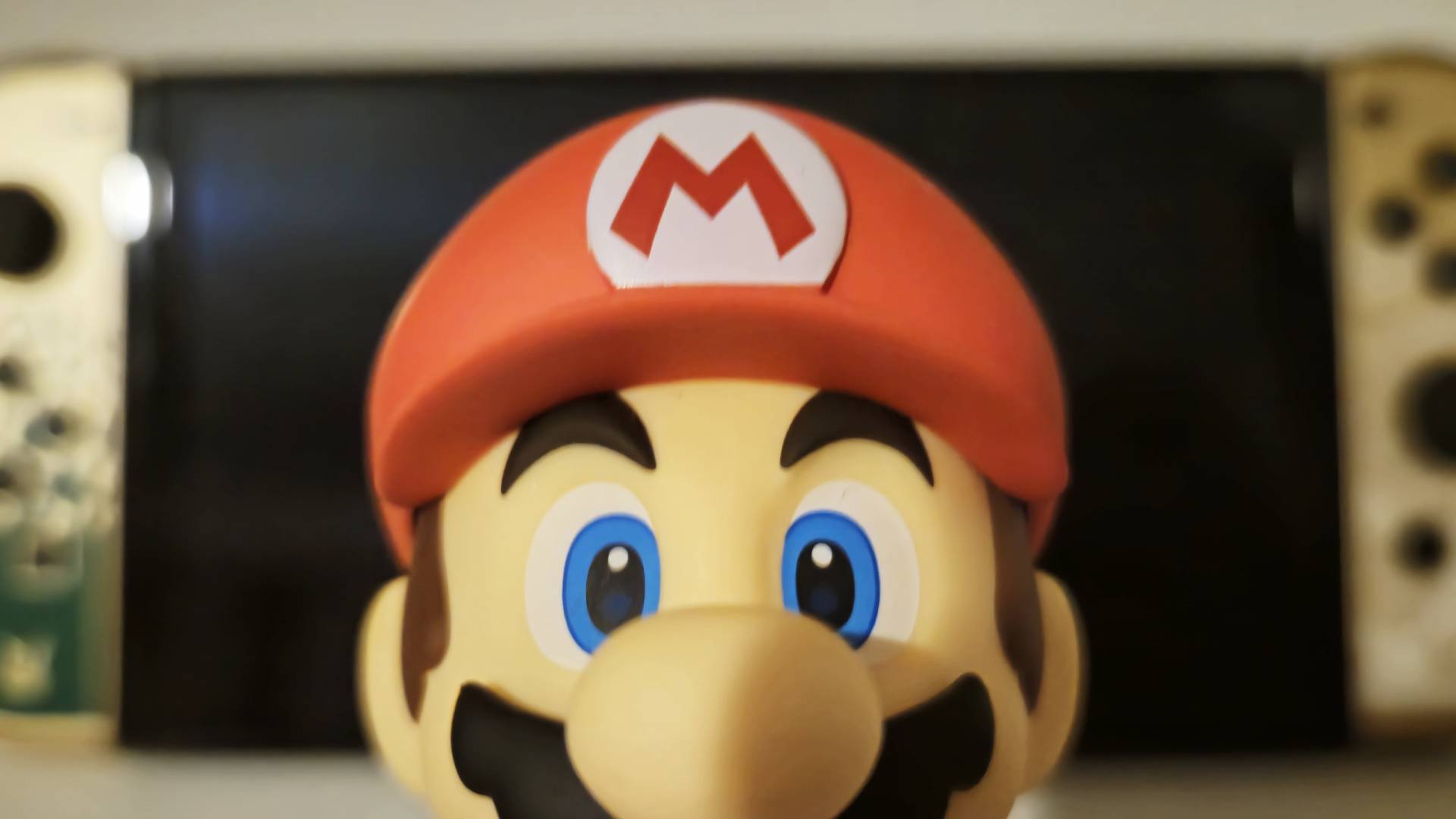
We’re barely into 2025 and already the Nintendo Switch 2 rumor mill is more frantic than its ever been. In just the past couple weeks alone, there’s been an onslaught of leaked images and possible insights into the upcoming Switch successor. The latest talk is that Nintendo plans to unveil the first official reveal as of Thursday, January 16, this very week.
With the big day likely fast approaching, I can’t help but look back at every console, and handheld, that came before. I’ve been playing Nintendo consoles since I could stand on two legs (and have the photo to prove it), from the NES all the way up to where we are today. That over 30 years worth of experience showed me a wealth of features I can only Nintendo as given serious thought to when it come to the development of their newly anticipated console.
Here are ten things I hope Nintendo has learned from its previous hardware, that I hope will see a return when the Switch 2 finally comes our way.
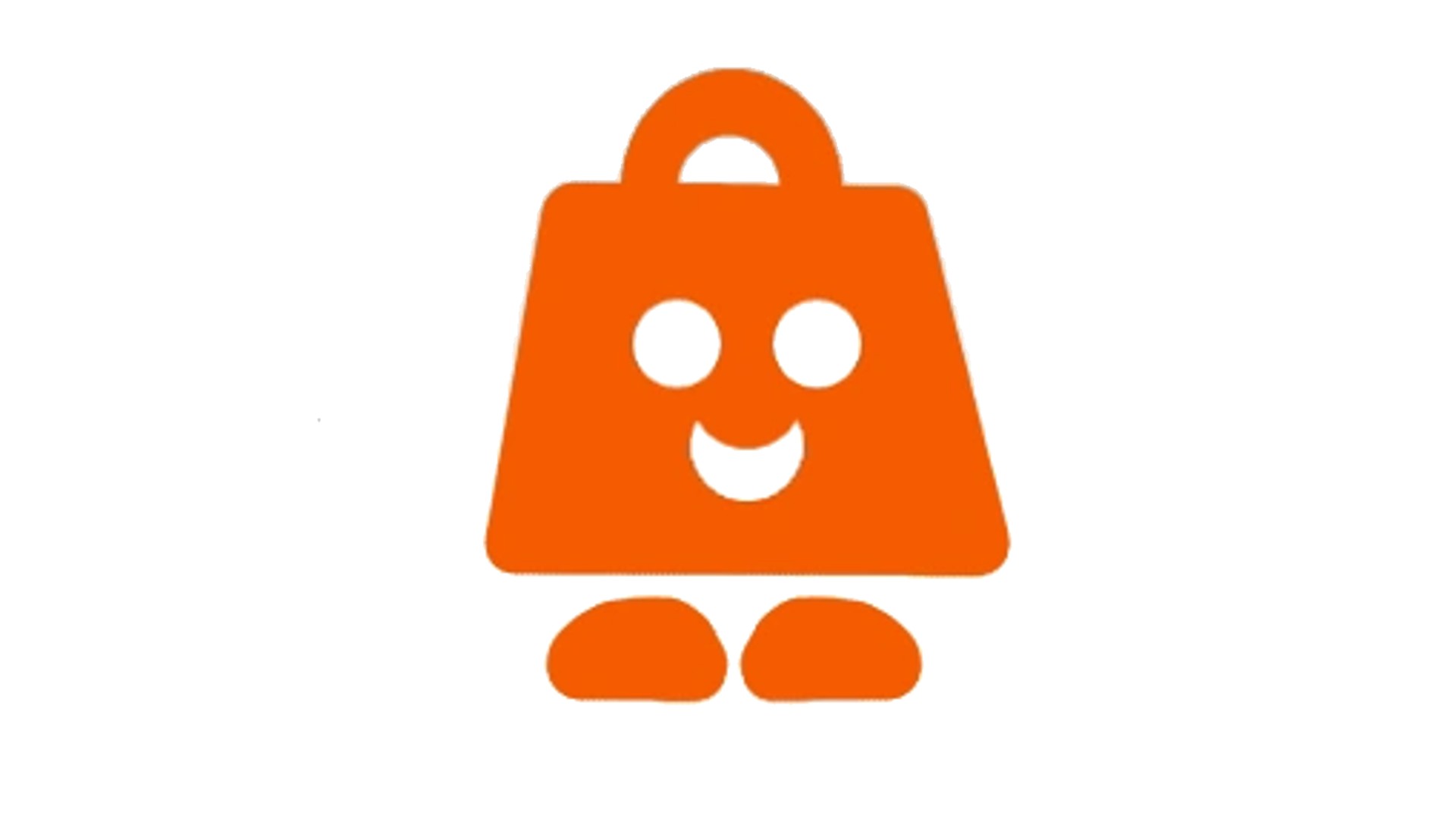
10. How to make a good eShop (and serve retro games on it)
The Nintendo eShop on the Switch isn’t the first digital storefront that’s existed on a Nintendo console (that award goes to the Nintendo Wii) but it is the worst. Even before it was clogged up with AI-slop and dubious jigsaw puzzle titles, using the eShop has always been a bob-omb-shaped minefield.
Right from the start, the eShop has always felt incredibly slow to run, especially against its 3DS and its eShop counterpart. Even loading up the virtual storefront can take more than a few minutes of your time. On top of that, the tedious experience of navigating through the new releases or sales charts is then so painful that it’s led to me giving up and dealing with delivery wait times for physical releases.
Not only is it slow to use, but since the Switch, there’s no way to buy older Nintendo games on the current eShop. The Wii, 3DS, and WiiU allowed you to digitally purchase ‘virtual console’ games from Nintendo’s massive back catalog, and they’d forever be playable on your system. With every passing generation, you did have to re-buy games from the previous system, but afterward, they were yours to enjoy as your leisure.
The Nintendo Switch, however, introduced Nintendo Switch Online. You have to be an NSO member, which requires an ongoing fee of $3.99 a month/$7.99 for three months, or $19.99 for a year, for access to the NES, SNES, and Game Boy game libraries. To get your hands on the additional Game Boy Advance, Genesis (Mega Drive), and SNES libraries, that’s a payment of $49.99 for the whole year.
There are methods to make it more affordable, and you do get access to the Mario Kart 8 Deluxe DLC among other discounts and benefits, but not everyone wants to be part of yet another gaming subscription. Giving back the ability to buy older games singularly on the store with the Switch 2 will be a welcome return, especially for those who want to relive the nostalgia of games like The Legend of Zelda: Ocarina of Time or Super Mario Land on the Game Boy without being tied to another costly gaming service.

9. How to take advantage of portability for extra experiences
Streetpass was one of the most innovative additions to the Nintendo 3DS. The built-in software allowed you to connect with friends over your handheld, even in sleep mode. Every time you walked by another friend, random in the street or fellow Nintendo comic-con goer, the 3DS would send a burst of data to the other.
This data would then populate their Miis into your device, and allow you to play free games. In the early days of the 3DS, nothing was more fun than attending comic and anime conventions with your handheld in tow. After attending the same local events, you’d end up running into the same people as before, which gave you heroes to hire in the RPG Streetpass Quest, or additional puzzle pieces in Puzzle Swap.
This extra gameplay wasa massive incentive to bring your 3DS with you everywhere you went and gave you plenty to play in between waiting for major first-party Nintendo game releases.
The current Switch and its many models are already one of the best ways to play games on the go, but the incentive to pull it out while commuting on work trips isn’t always present. For one, the Switch is a lot bigger than the 3DS, and that’s likely to continue with the upgraded console-handheld hybrid. Yet, having a ton of built-in games that rely on connecting with friends, without a doubt would have me reaching for the Switch 2 every chance I get.
Sign up to the GamesRadar+ Newsletter
Weekly digests, tales from the communities you love, and more
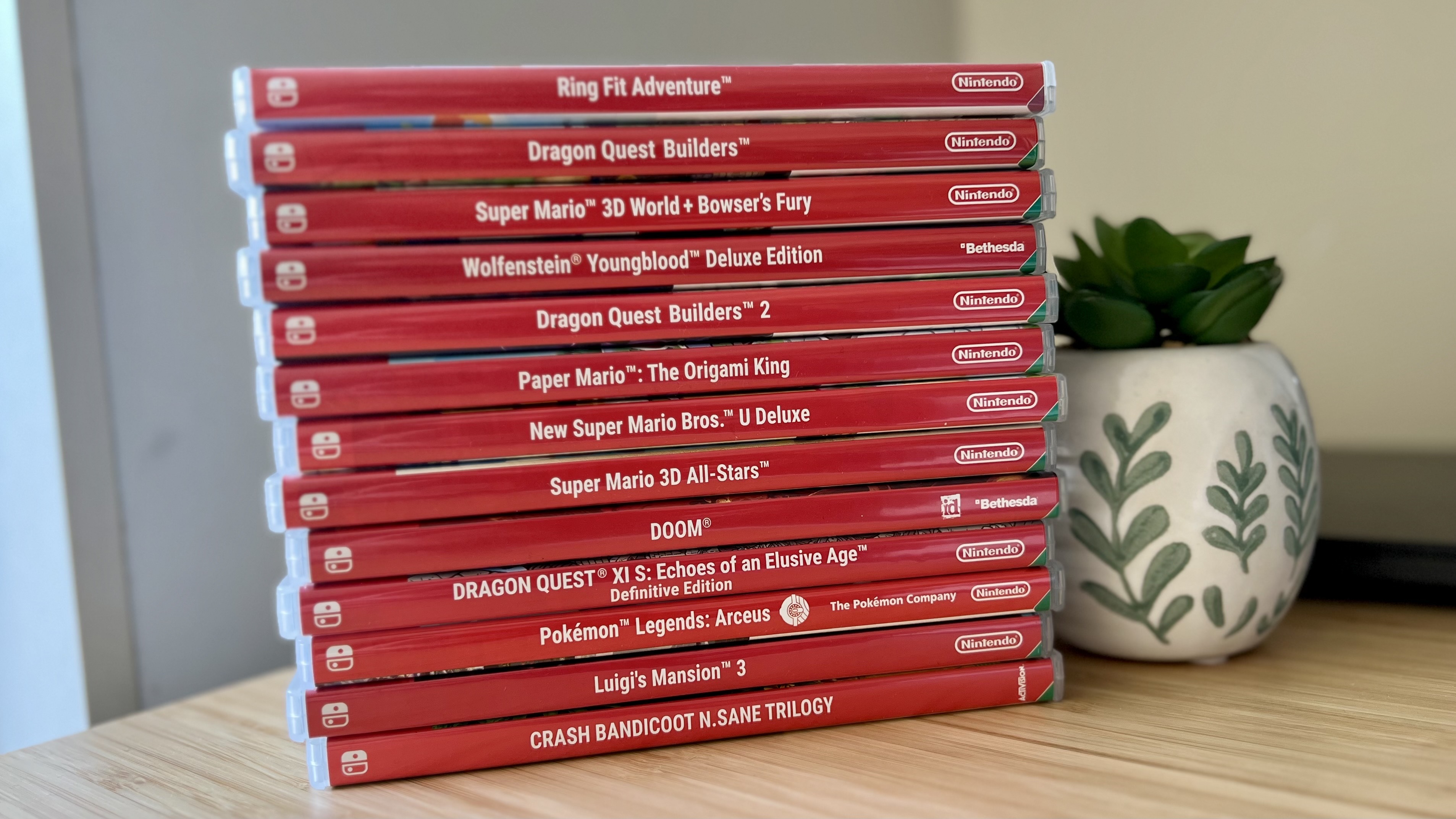
8. The importance of backwards compatibility
One of the undoubtedly greatest features of the Nintendo Wii was its backwards compatibility. I was fortunate enough to have a parent remember to pre-order mine in time for launch on December 8, 2006, and as much as I was excited to play my newly acquired copy of The Legend of Zelda: Twilight Princess, I was equally as excited to still be able to play my collection of GameCube games on the, then, revolutionary console.
The Wii was compatible with GameCube game discs, and by popping open the top you had access to not one, but four GameCube controller ports - not to mention the two memory card slots behind that. At the time, this meant that I could continue to rack up my 2,000 hours worth of playtime in Super Smash Bros Melee, and have access to my entire GameCube library whenever I felt like it.
Having continued access to my GameCube games, and save files, meant a lot when my Wii game library didn’t end up as beefy as other teens I knew. Luckily, Nintendo has at least confirmed some semblance of this for the Switch successor.
On a X/Twitter posted shared on November 6, 2024, Nintendo President Shuntaro Furukawa posted on November 6, 2024 that Nintendo Switch software “will also be playable on the successor to Nintendo Switch” including Nintendo Switch Online.. However, further details on the Switch 2’s compatibility would be explained at a later date. While this is great news on the compatibility front, it wasn’t yet stated if, like the Nintendo Wii, this also meant that physical games from the previous generation would be compatible.
Having access to not just our digital game library, but all of our physical Switch carts on the new console would be ideal at a time when not everyone can budget for the latest and greatest gaming tech. Cheap games, which continue to drop prices could still be picked up and played, and titles late into the Switch’s lifespan, from The Legend of Zelda: Echoes of Wisdom and Mario & Luigi: Brothership could have a longer lease of life.
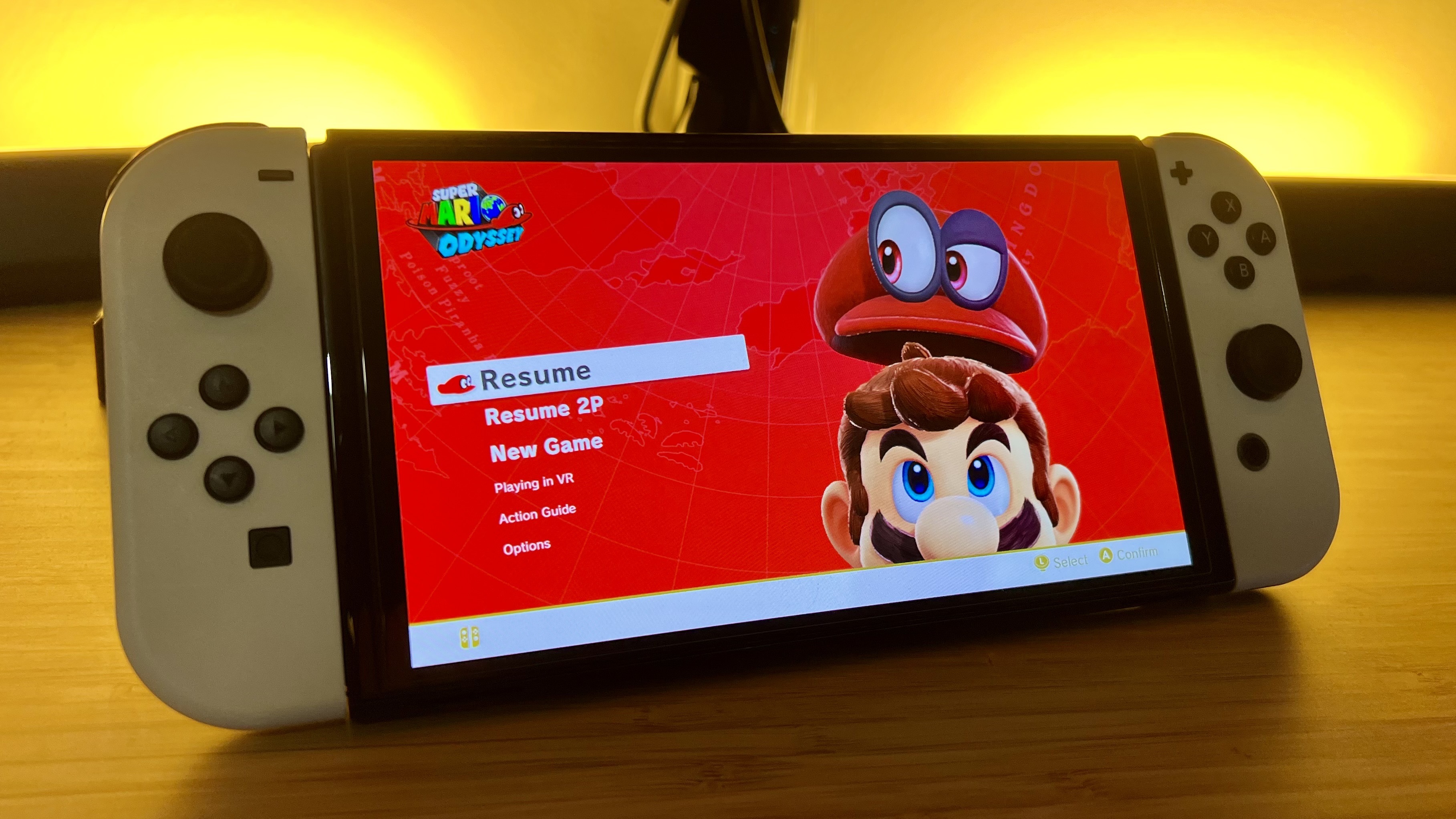
7. The power of the OLED
The release of the Nintendo Switch OLED on October 8, 2021, breathed new life into the aging handheld. It wasn’t until I personally made the upgrade from my original Switch to the Tears of the Kingdom OLED model that the green hues of Link’s new outfit really popped, and even the Switch UI looked crisper and more vivid than ever. After owning the OLED model for many months now, I can’t imagine switching back to an LCD screen, and as a result, my original Switch has been left to collect dust.
With the Switch 2, Nintendo has the opportunity to integrate an OLED display from the get-go and I really hope they do. While this would undoubtedly be a costly endeavor, at least providing the option at launch for those who would want it would provide the best of both worlds. Typically, however, they like to wait a few years before providing an upgraded version of their hardware.
The OLED Switch itself was released four years after the original Switch. Years before, the Nintendo 3DS, which launched in 2011, didn’t see its next-step upgrade with a 1.2xbigger screen until 2015. With these past examples, it’s likely we’ll have another iteration of the Switch 2 with some minor improvements in the future, I just hope the new console will make a splash with an OLED display right from the start instead.
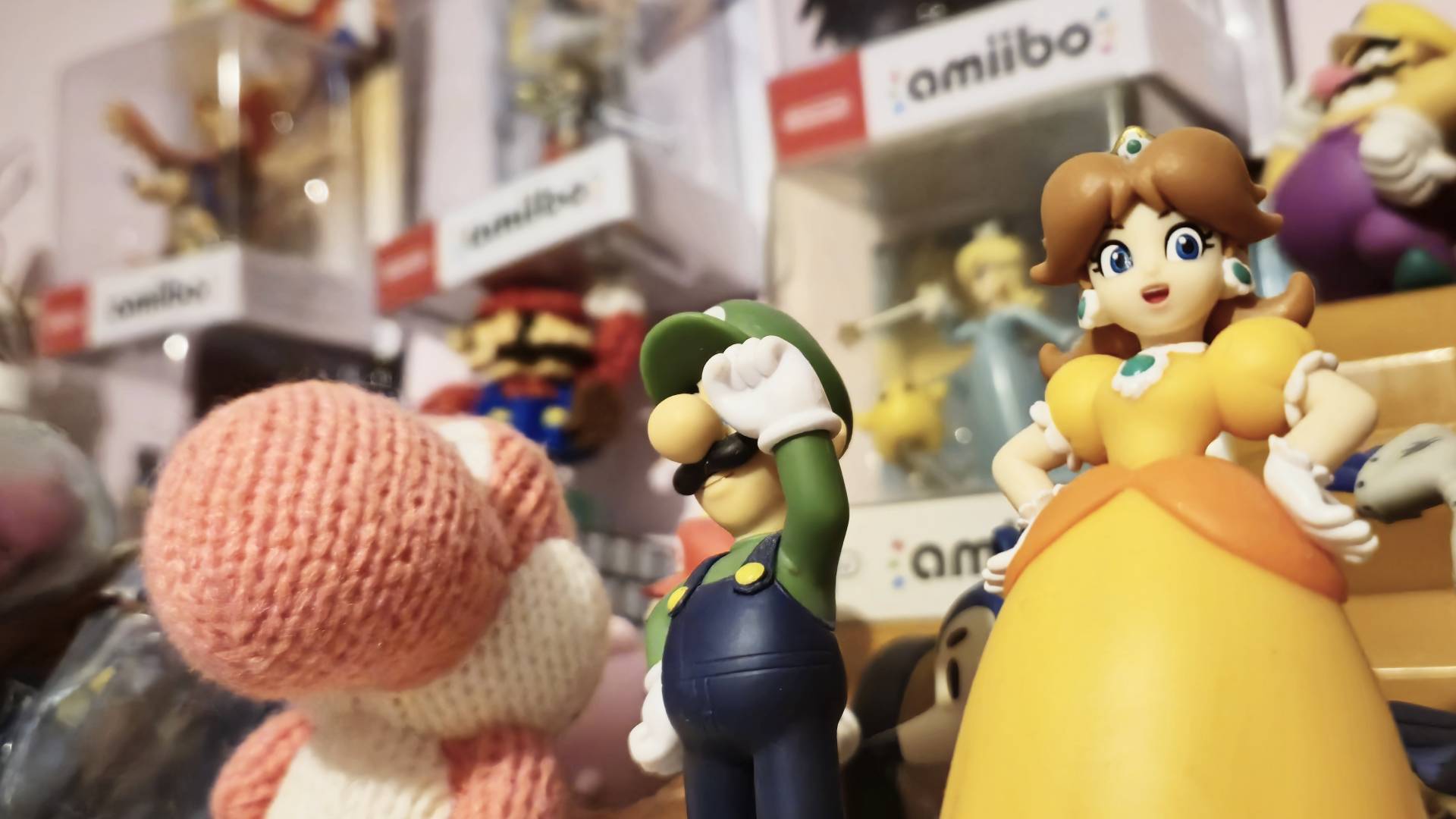
6. Amiibo support matters
Amiibos, as we know them today, were originally unveiled at E3 2014 alongside Super Mario Bros Brawl on the WiiU. Thanks to the NFC reader hidden on the left side of the WiiU gamepad, you can read and utilize the data on adorable, sculpted official Nintendo figures and unlock extra content or features in your favorite Nintendo games. In the time since the WiiU era, there are now approximately 857 amiibos figures (and cards), according to the Unofficial Amiibo Databse website.
Of those 857 amiibo figures and collector cards, I only own over 100 myself. That’s even after collecting them shortly after the first wave was made available. Since the original Smash Bros figures, the sculpts and detail present on Amiibos have dramatically improved and they’ve become one of the most treasured collector items I own, but Nintendo isn’t pumping them out often as they used to.
Major releases, like The Legend of Zelda: Echoes of Wisdom and Mario & Luigi: Brothership have come and gone without any Amiibo figures of their own. Luckily, We don’t yet know if the Switch 2 will have an NFC reader of its own to carry on the Amiibo trend that the Wii, WiiU, 3DS and Switch started.
Without Amiibo support a lot of functionality on older games will be useless. So far, Nintendo has confirmed backwards compatibility with Nintendo software, so I can only hope this means I can still have chests rain down from the sky in Breath of Wild when tapping my beloved Zelda amiibos, or have Wolf Link follow me around when the new console releases.
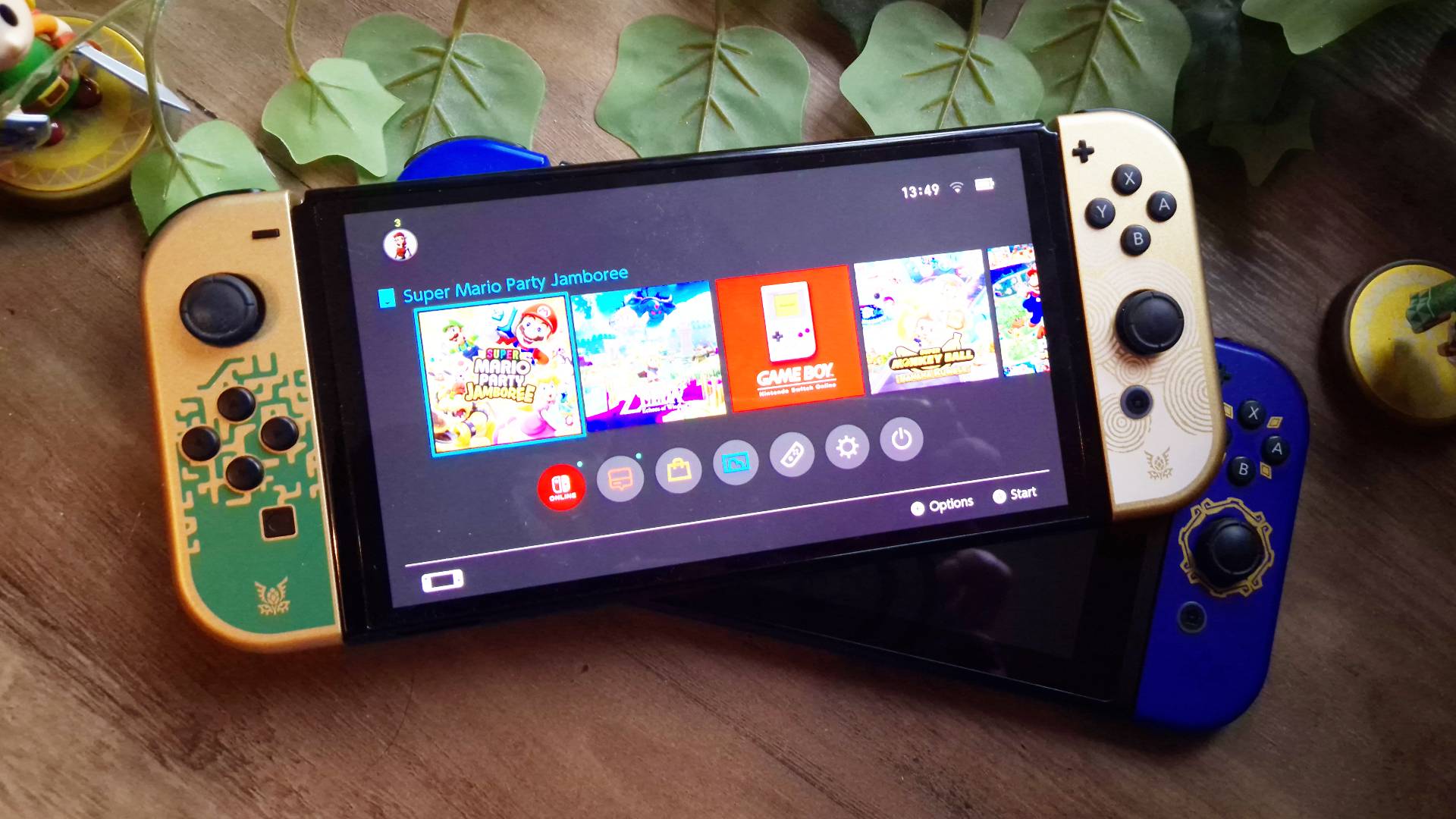
5. Themes are worth it
Even after eight years of the Switch, we’ve still never had one important feature - themes. To this day, if you load up your handheld you can change between light and dark modes, and that’s all you get. There was light on the horizon when Nintendo included the ability to create and organize folders during the ver. 14.0.0 software update released in March, 2022, however as of writing, themes are nowhere to be found.
Again, this is where the 3DS shined. The eShop was full of official themes for the handheld. These themes came with background images for both screens, and even animations, background music and sounds which would play as you opened and closed your handheld.
My absolute favorite theme from this time was the Chao theme from Sonic the Hedgehog. With it installed, the top screen would run through a series of expressions made by the cute creature as you scrolled through your 3DS game library. Meanwhile, an adorable face would make up the bottom screen and change through expressions of its own while a track from the Chao Garden from the game, Sonic Adventure 2 Battle, would play in the background.
Having themes on the Switch 2 would open it up to better levels of customization than the previous console, and allow Ninty fans to truly make the device their own.
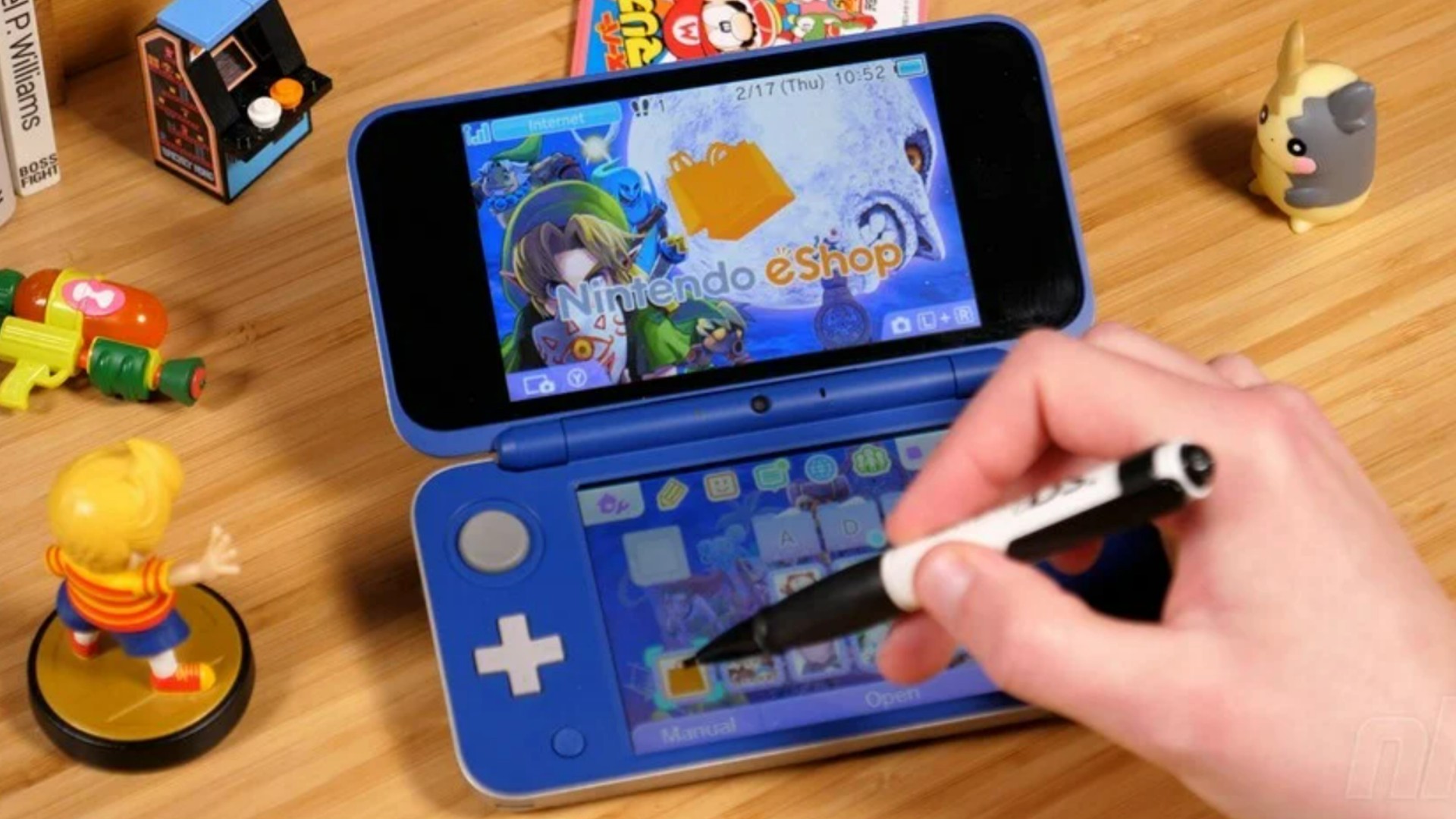
4. Everyone loves a Nintendo gimmick
Nintendo is known for basing their hardware around a unique, and charming gimmick. From the motion gameplay of the Nintendo Wii and its Wii Mote controllers, the 3D slider of the 3DS that didn’t require glasses, to the WiiU and its gamepad with a built-in screen.
The Nintendo Switch,of course, had one of the most unique ‘gimmicks’ of all, combining a home console and handheld into one single machine. While a relatively new concept at the time, the Switch has since inspired a whole new wave of handhelds, from the Steam Deck to the Lenovo Legion Go, and MSI Claw, all of which can be used portably, or hooked up to a dock.
It’s more important than ever for Nintendo to give us a spin on the Switch 2 that’ll make it stand out from the increasingly crowded handheld space. Of course, there are always the first-party Nintendo games, from new entries in the Super Mario, Metroid, and Legend of Zelda series that’ll likely never see the light of day anywhere else to attract people to Nintendo’s hardware alone. But a new fresh gimmick and unique feature for the Switch 2 could help push it into the hands of people, like myself, who have let the Switch fall to the wayside to pick up the Steam Deck instead.
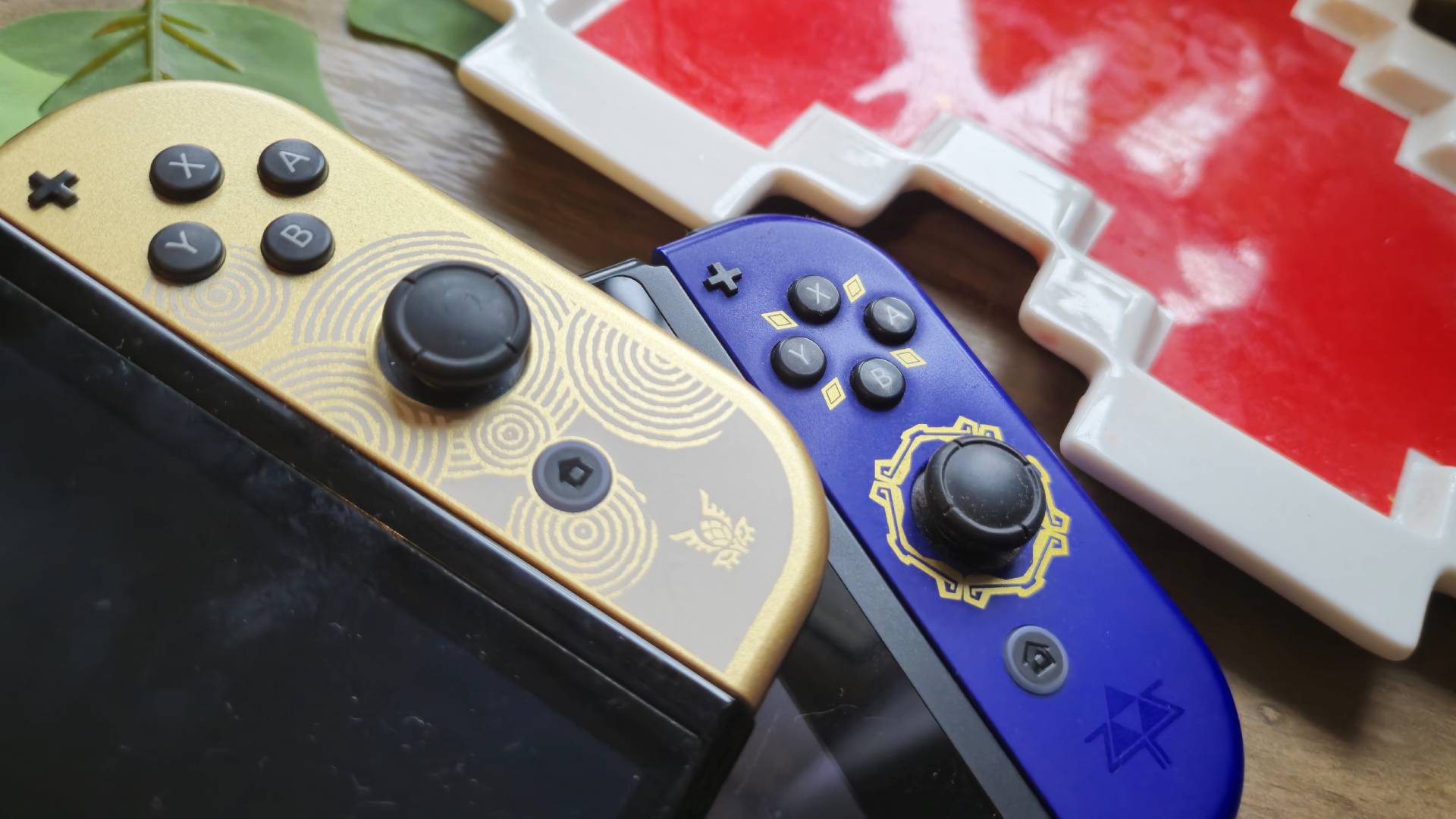
3. It’s best to keep costs low
The Nintendo Switch stood out from other consoles of its generation for a multitude of reasons, but its more affordable cost was definitely a key factor. When it originally launched back in March 3, 2017, the handheld had an MSRP of $299.99 in the US, and £279.99 in the UK. This was marginally more budget-friendly than Sony’s PS4, which hit shelves for $399.99 / £349, and the PS4 Slim which launched for the same price just a year before the Switch.
While it was released years before, the Xbox One was the priciest of the lot, coming in at $499 when it was released in November 2013. Both the Xbox One and PS4 are bigger pixel-pushers and that tech comes at a price, but a console that also transformed into a handheld, that was cheaper than its rivals, definitely aided the Switch to become the big seller that it is known as today.
Keeping the Switch 2 affordable could mean the absence of some well-requested features, like the aforementioned OLED display, but I could forgo the display of my Nintendo-shaped dreams if it meant more fans could get access to the upcoming device.
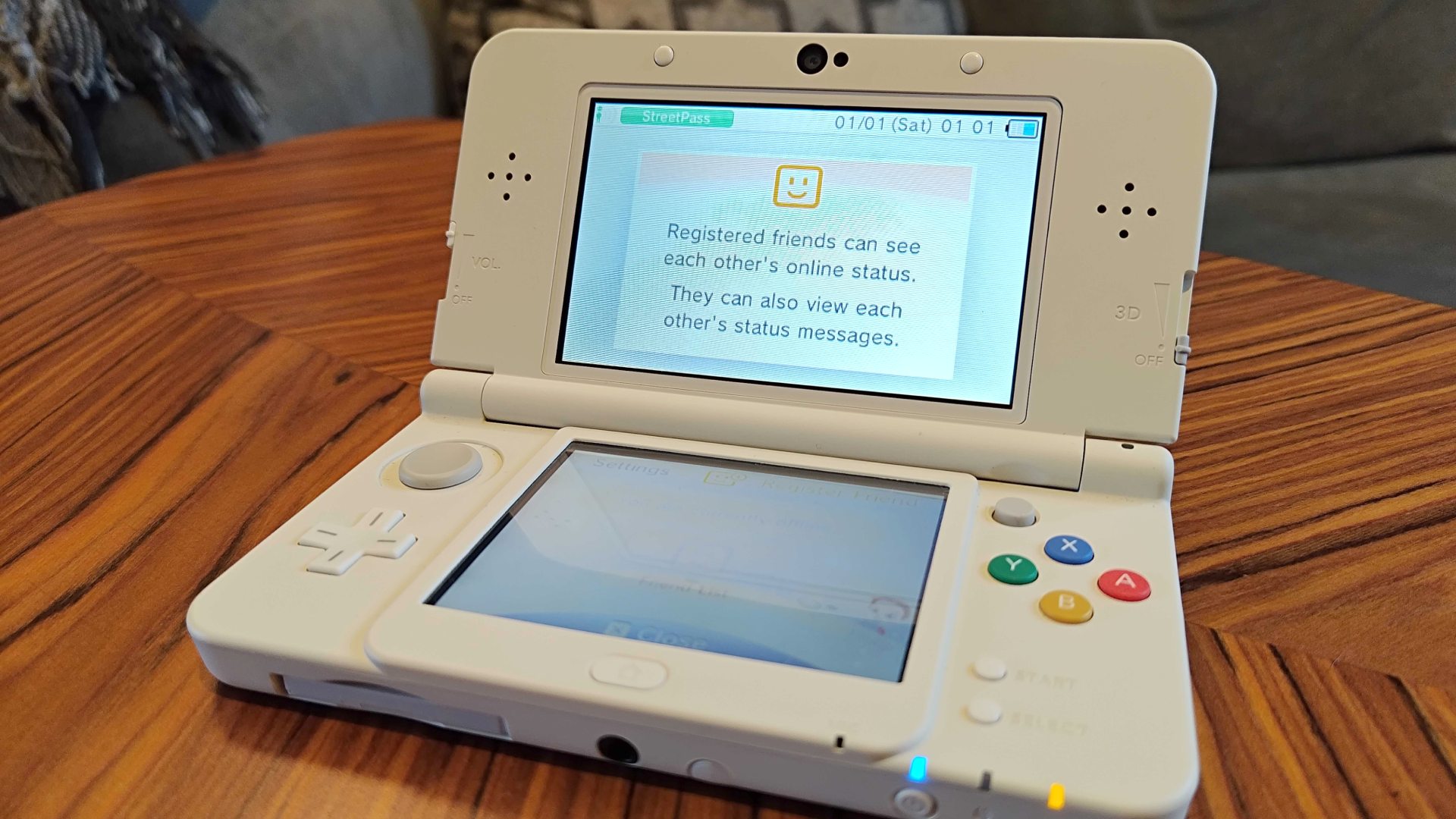
2. The New 3DS proved even a small upgrade can go a long way
Over time, as to be expected, the Nintendo Switch has been showing its age, putting pressure on the Switch 2 to bring some well-needed technical upgrades.
As it stands I have no big trouble playing recent releases on my OLED Switch. Echoes of Wisdom, for example, looks beautiful on the handheld but the regular slow down and frame rate issues are hard to ignore. Every time you take a spin through the lush Hyrule environment, the frame rate staggers, disrupting your sense of immersion and overall enjoyment of the game.
These issues aren’t unique to Echoes of Wisdom either, and the prospect that everything I play isn’t going to look as optimal as it could is one of the reasons why I reached for my Steam Deck more throughout most of 2024,
All the rumors surrounding the Switch 2 at least hint that we’ll see some graphical and performance upgrades that will help make it a worthwhile pickup. Activision emails as far back as 2022 mentioned that the console’s specs will be “closer” to that of the PS4 and Xbox One, which is more than enough to separate itself from current Switch performance. More recently, a patent filed by Nintendo in July 2023, and discovered by journalist Laura Kate Dale, outlines the use of machine learning tech. This tech suggests the upcoming console could come equipped with its own DLS-style feature, which would more than help improve the framerate issues that have plagued the Switch for years.
The Switch 2 is never going to be the highest-powered handheld out there, especially at a time when PC gaming handhelds are releasing left, right, and center. However, not having to worry about ugly and often non-existent anti-aliasing, bad frame rates, and performance issues will go a long way in securing the Switch 2 a place in my Nintendo-loving heart.
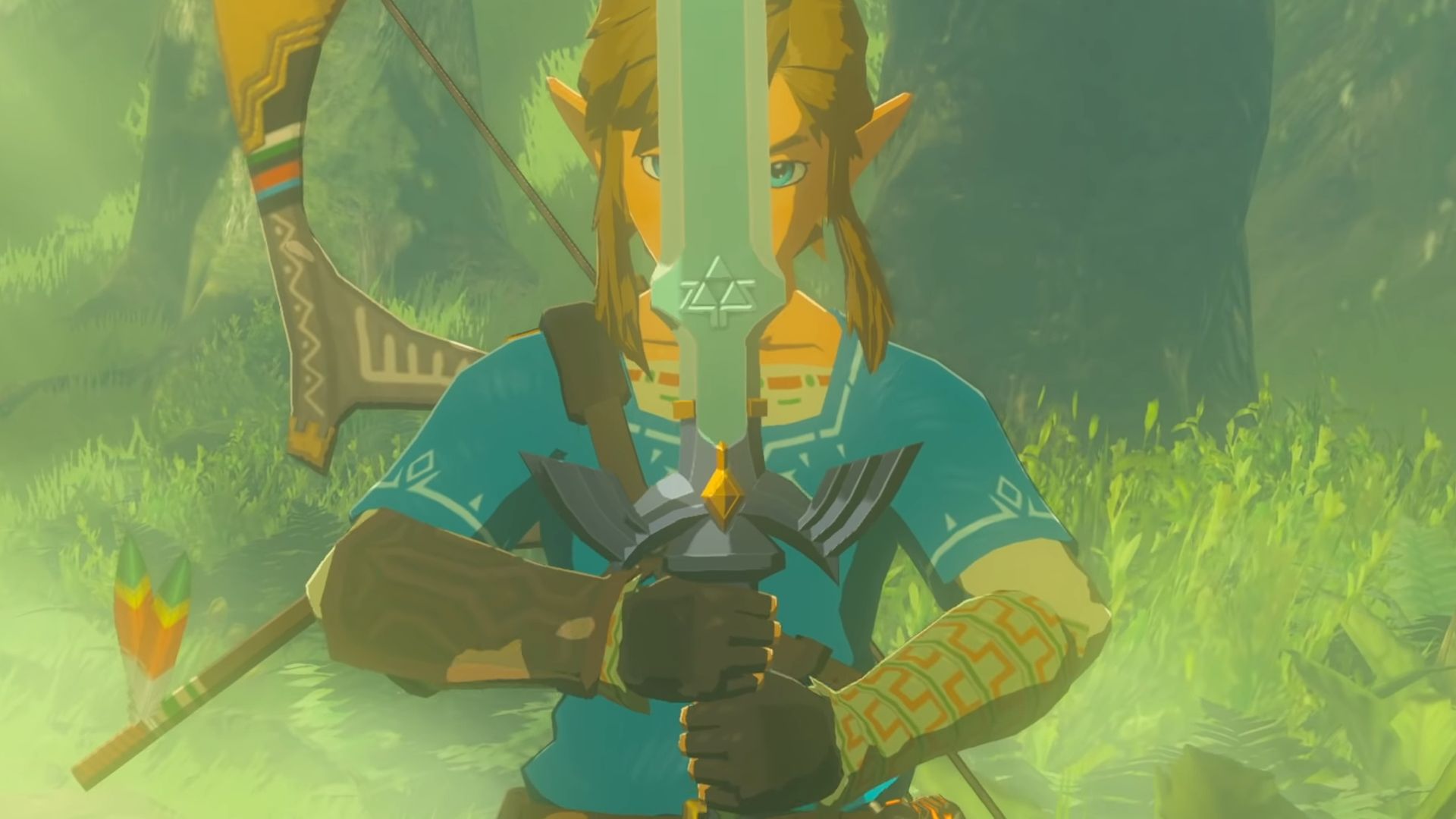
1. Launch games matter
Having a fantastic series of launch titles up and ready can make a huge difference to the overall success of a console, and Nintendo knows that firsthand. The original Switch debuted with games like The Legend of Zelda: Breath of the Wild, the charming Snipperclips, and later Mario Kart 8 Deluxe, ARMS, and Splatoon 2. While two of these games originated on the WiiU, it was still a packed line-up with something to suit everyone.
I didn’t get my Switch until shortly after the release of Super Mario Odyssey later that same year, but you can bet I’d have been easily kept busy with the Switch launch lineup. The WiiU lineup was even busier but relied more on third-party releases and lacked the first-party support you’d expect of a brand-new console.
From the get-go, the WiiU launch window featured games such as Assassins Creed 3 and ZombiU. While I absolutely adore the latter and still play the subsequent port on the regular, it was surprising to see a lack of many actual Nintendo games. There was, at least, Nintendo Land and New Super Mario Bros. U to carry out the roster, but these lukewarm releases are partially why I myself waited a while before grabbing a WiiU of my own.
Despite the ridiculous amount of leaks and rumors surrounding the Switch 2, however, we know very little about the games we’ll see at launch. So far, we can only speculate that games like Pokemon Legends Z-A will be available from the beginning, mainly because of it being officially confirmed to come to “Nintendo Systems” this year. There’s also speculation that the highly anticipated Metroid Prime 4 could be a launch title, as eight year old pre-orders have been canceled right before the Switch 2 rumor mill went full force.
It’s been ample time since the release of one of the best platforms I’ve played to date, Super Mario Odyssey, and Animal Crossing is well due another game in its series after New Horizons, but I can only hazard a guess as to what Nintendo is cooking. Any launch games, or any projected Switch 2 games at all, have been a well-hidden secret. I just have my fingers crossed that a juicy launch lineup will put the Switch 2 in a good position to be just as successful as its predecessor.
If you're fine and happy sticking with your current Switch, check out our guide to the best microSD cards to give it a worthwhile storage boost. We've also gathered the best Switch accessories and best Switch controllers in one place to help you make the most of Nintendo's older handheld.
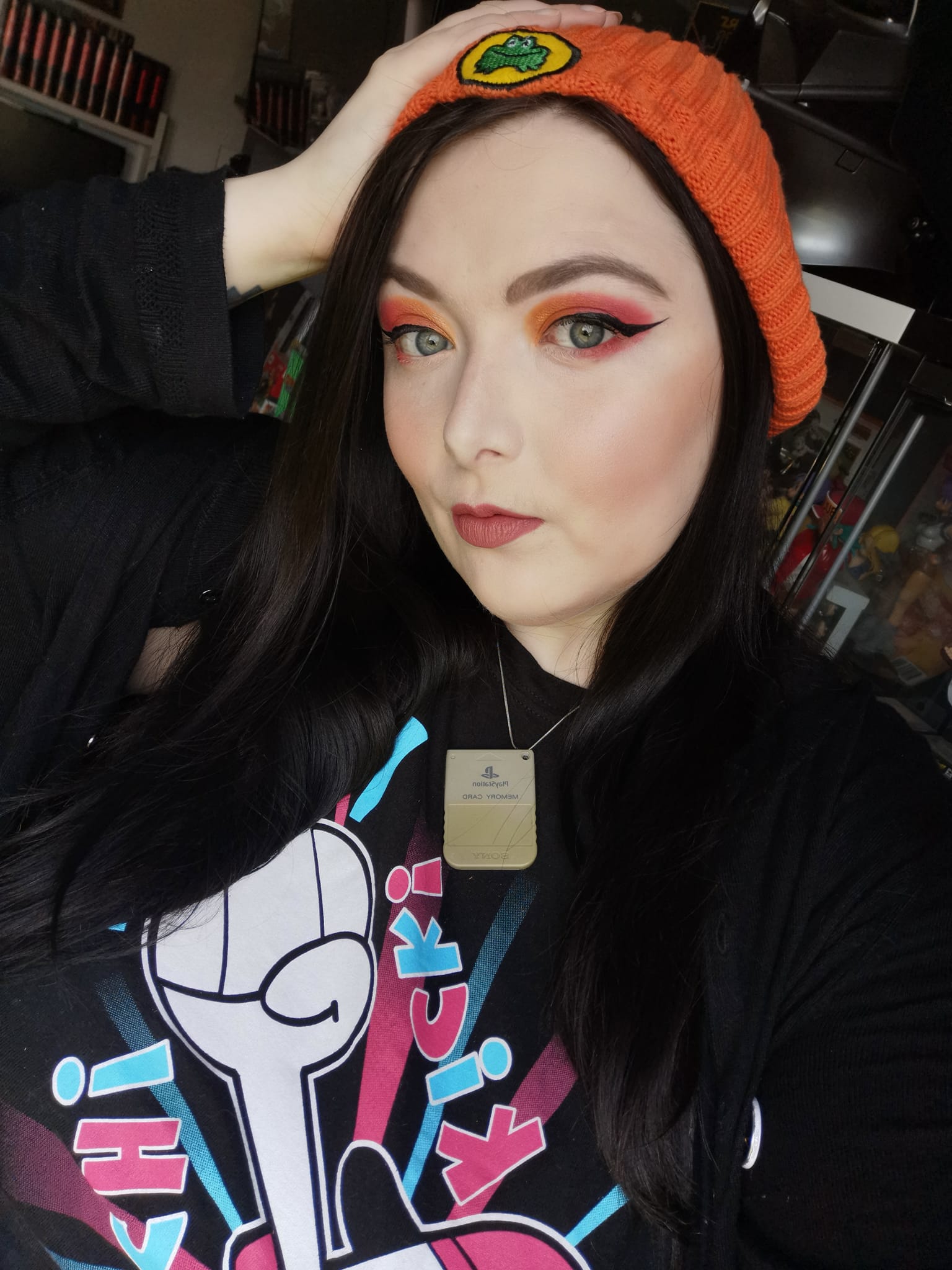
Ever since I first held a NES controller in my hand I've been obsessed with gaming, and the hardware it runs on. I could hook up a NES and SNES to a telly, without instructions, before I could walk. Even now, nothing is more exciting then taking a console, or handheld, out the box for the first time and setting it up. This obsession transformed into a love of games and game music, which lead to my music degree and dream of becoming the Scottish Nobuo Uematsu. After sharing my love of games through music, I began to share my love through words on sites like TechRadar and iMore. This lead to becoming a Hardware staff writer for PCGamesN, and later the Senior Tech Writer for Dexerto, covering all things Steam Deck, PlayStation and Nintendo. With that experience, I was able to level up as Hardware Editor for GamesRadar+, where I'm still just as Nintendo, PlayStation and gaming tech obsessed as ever.


